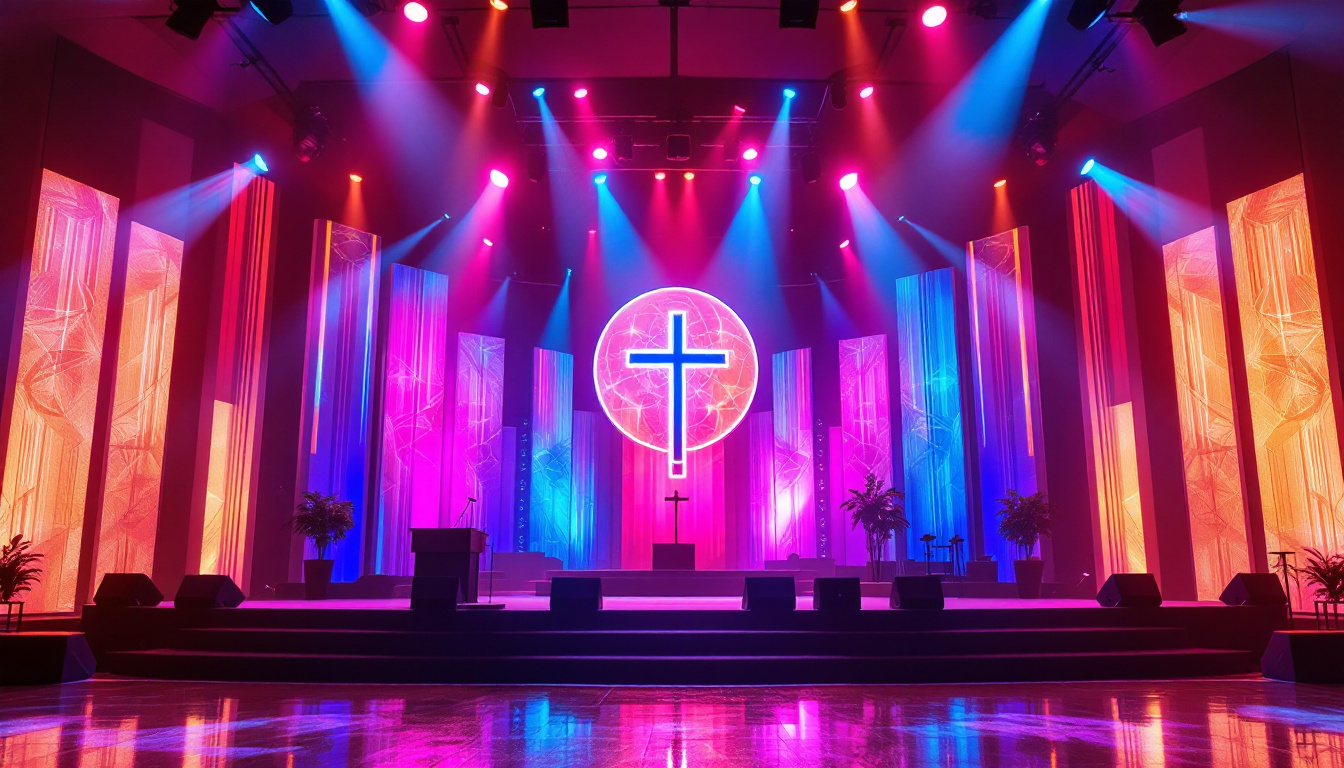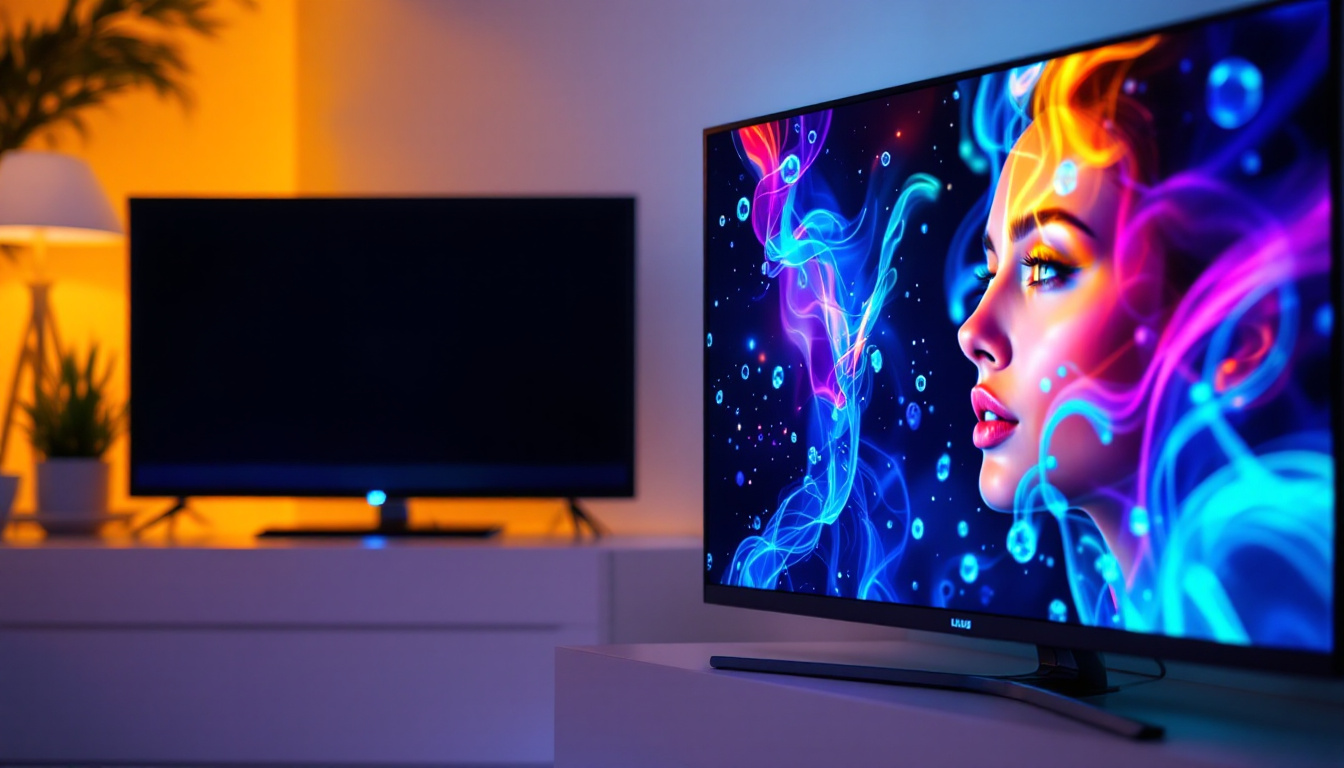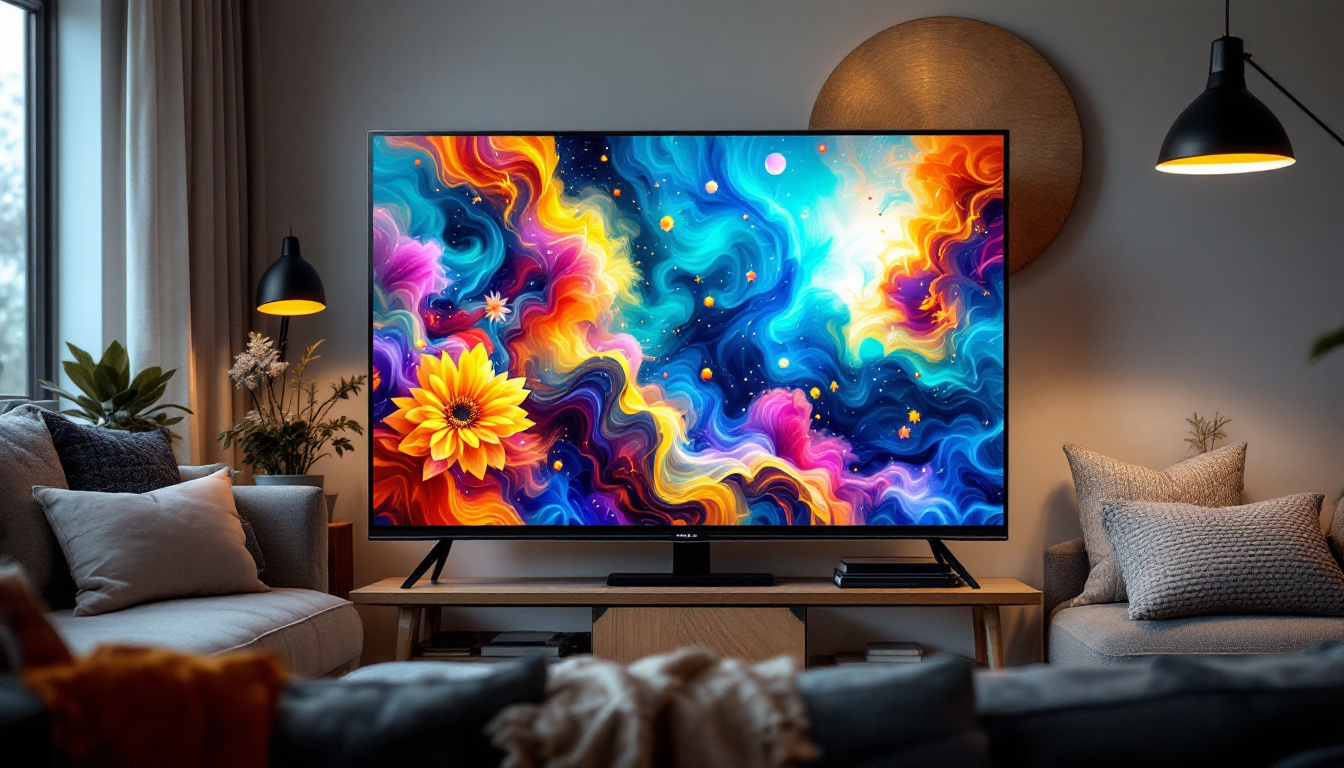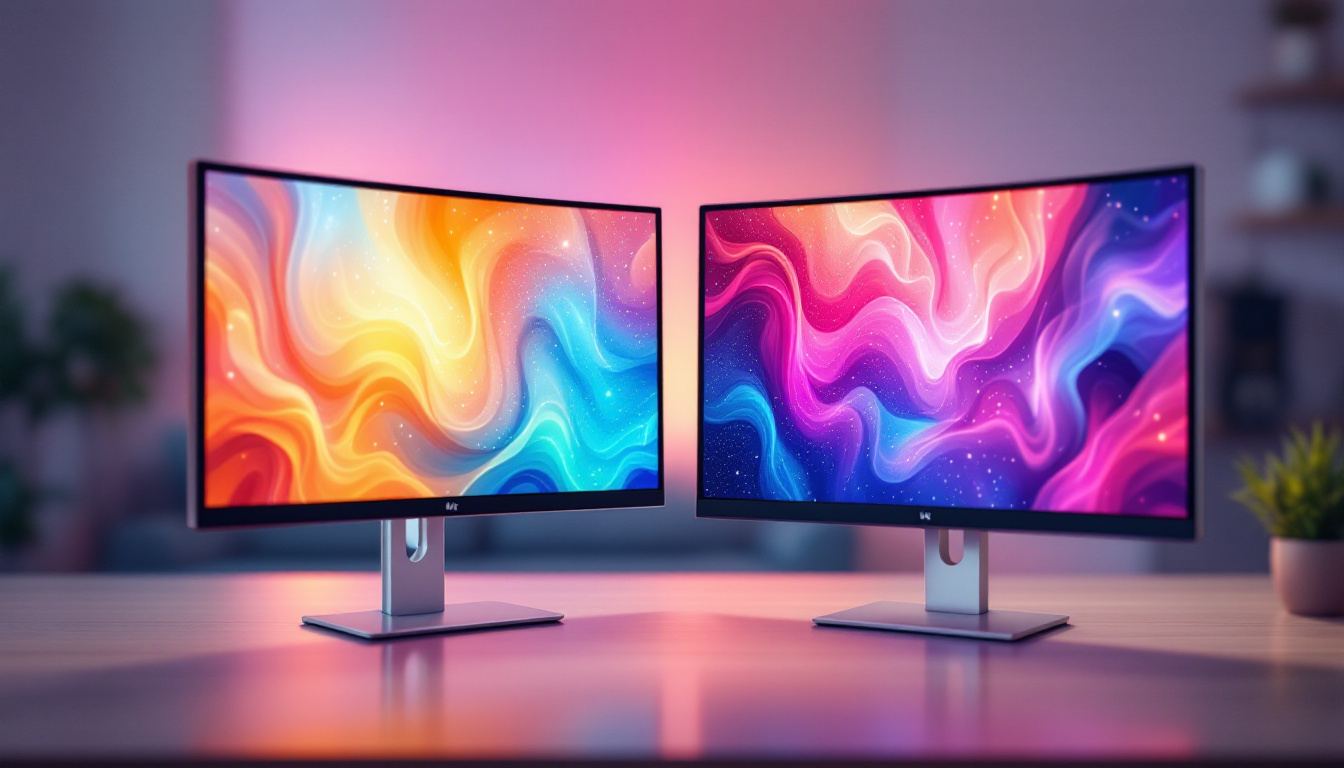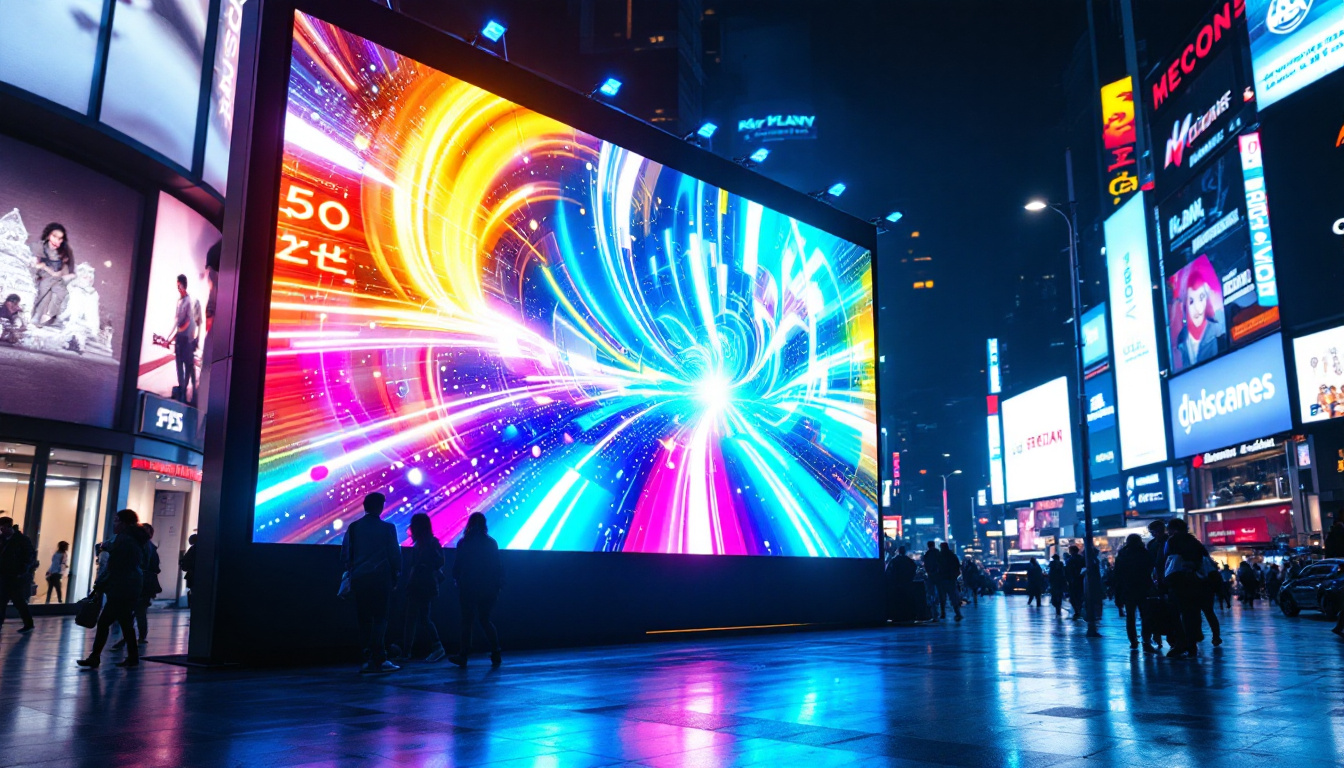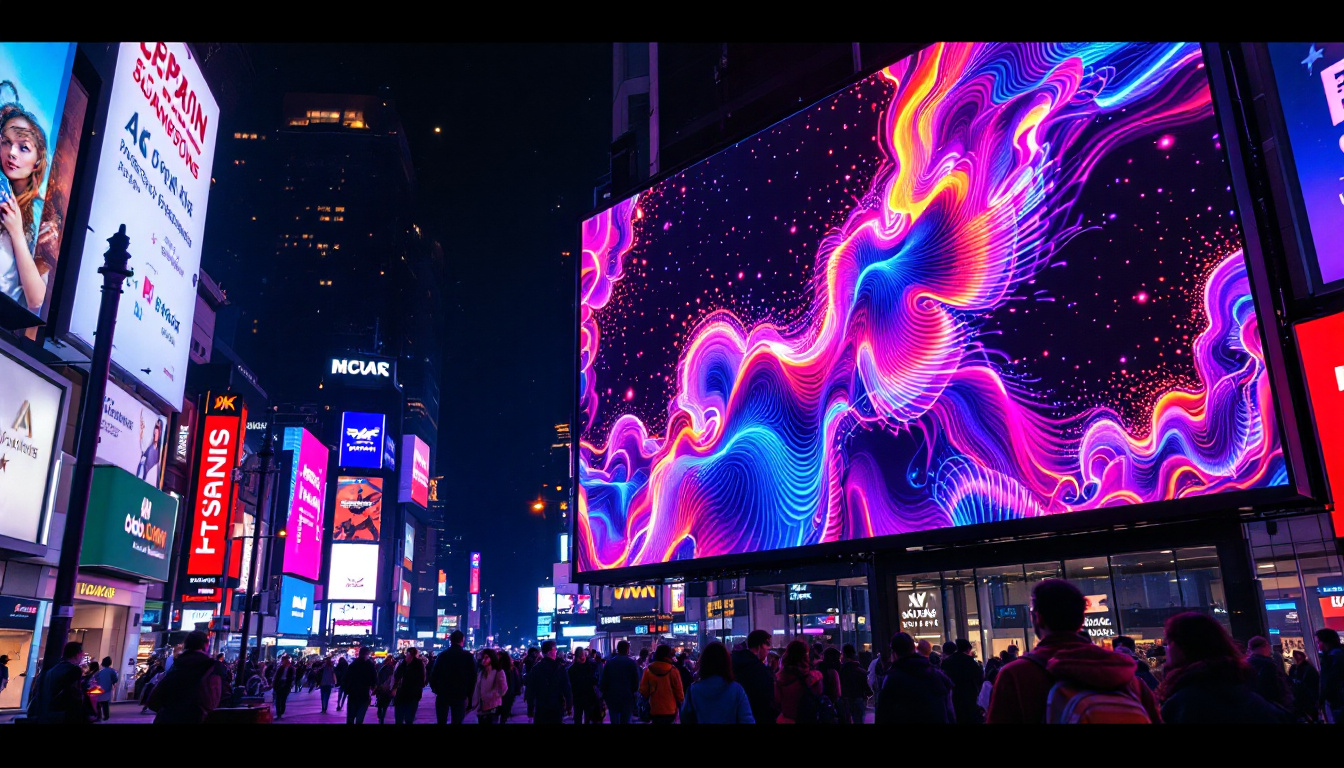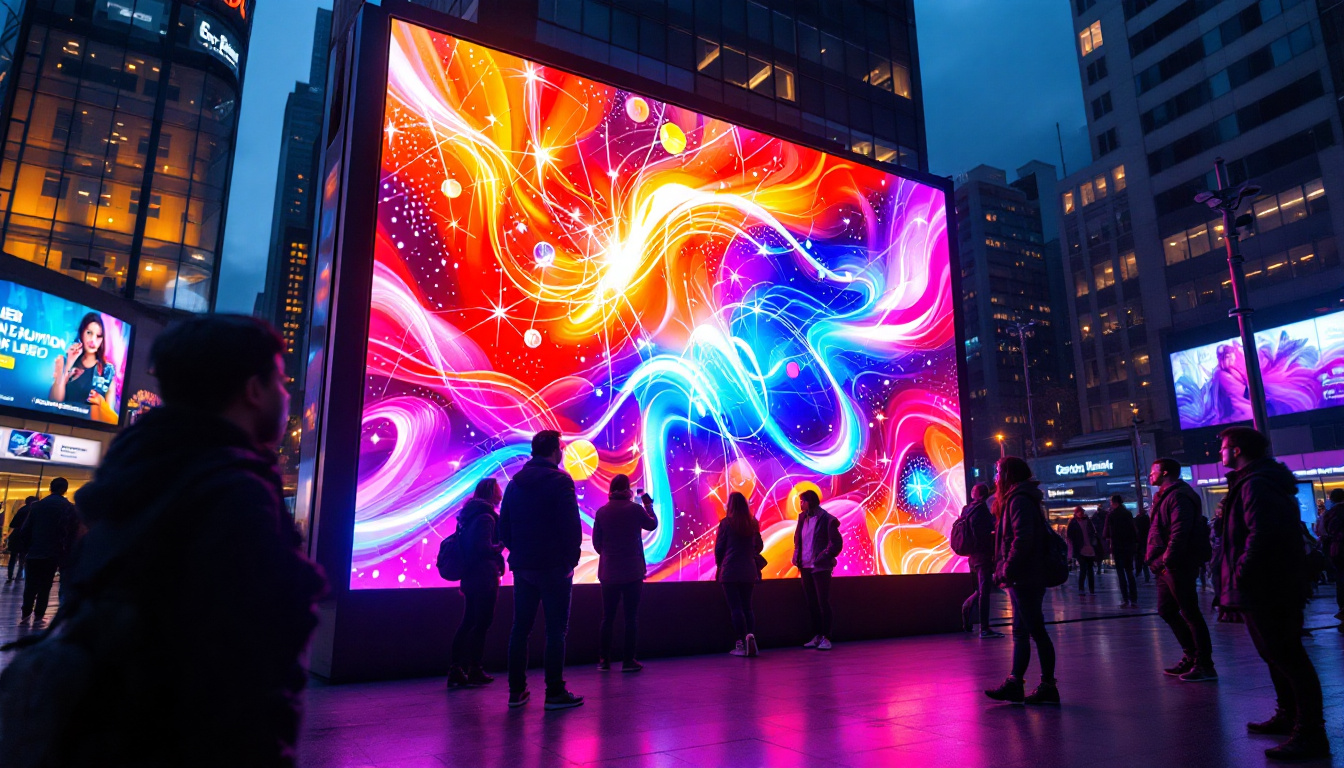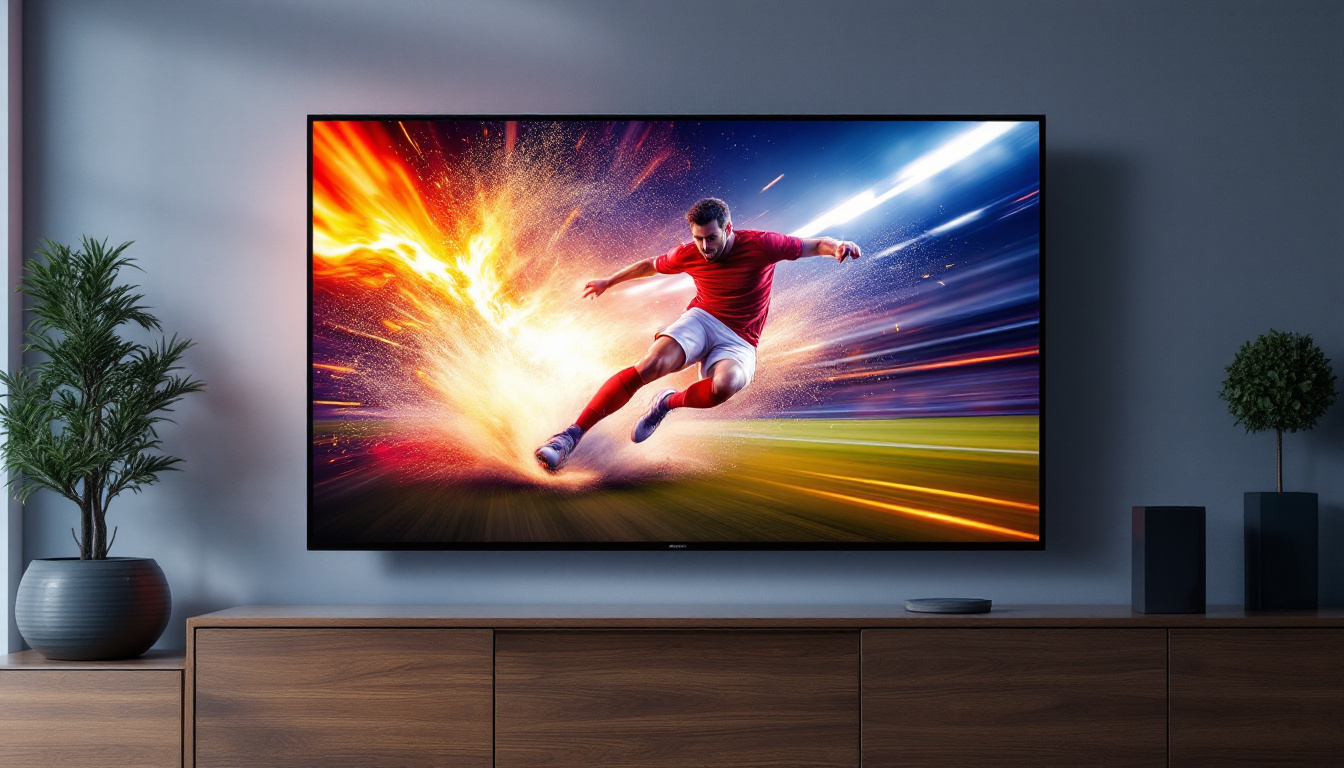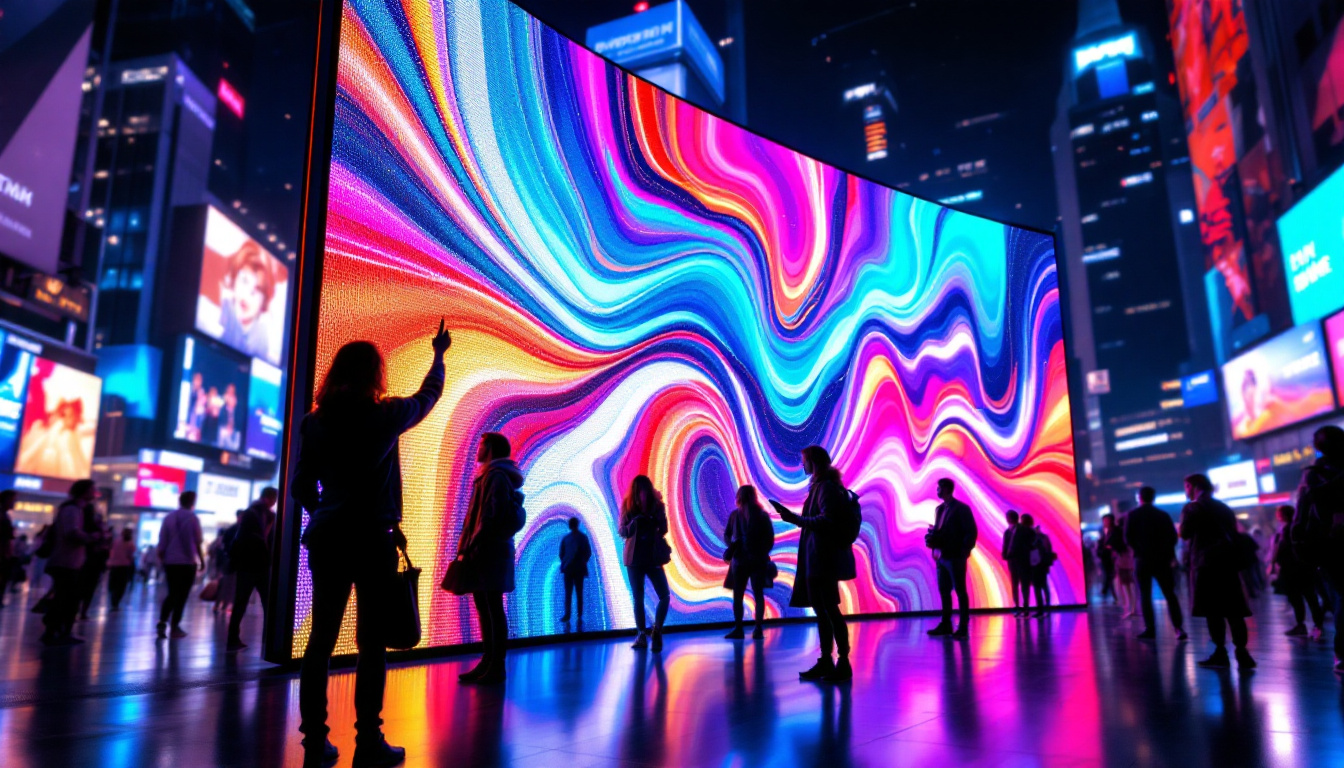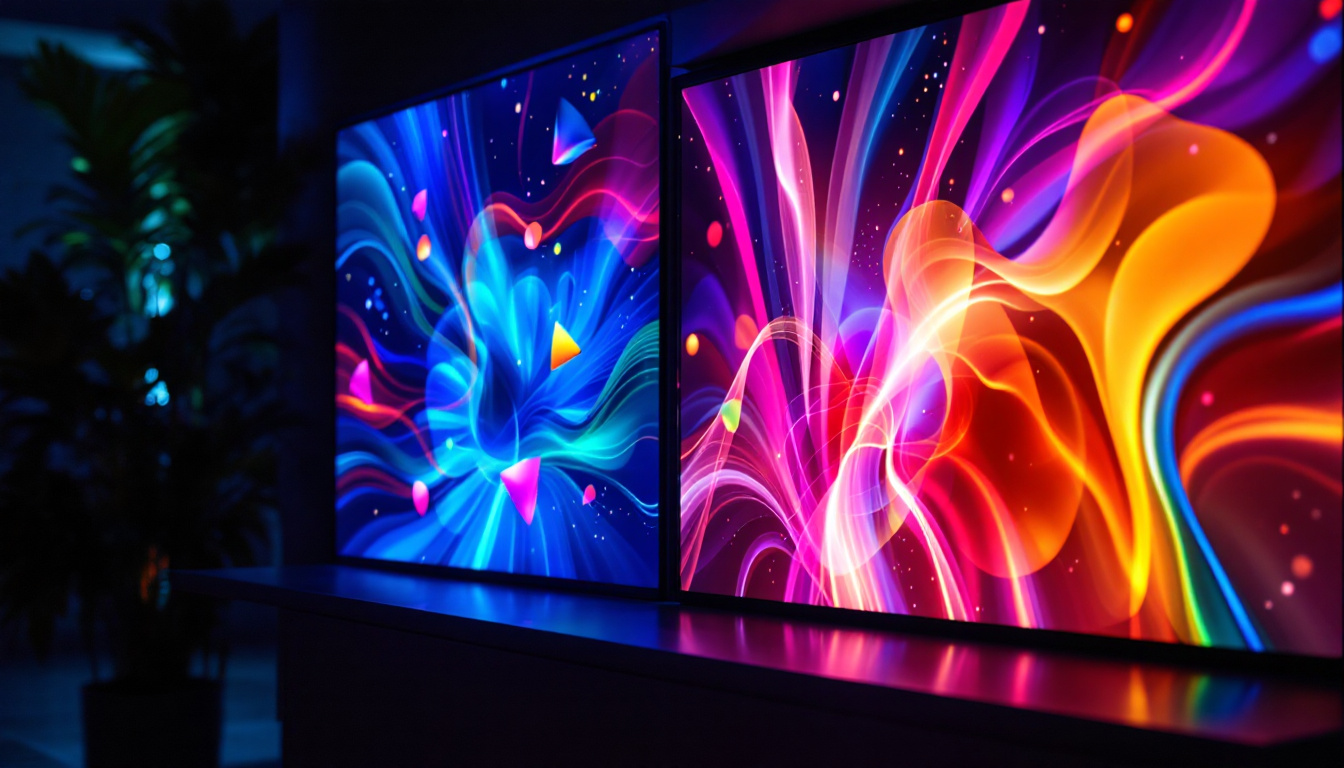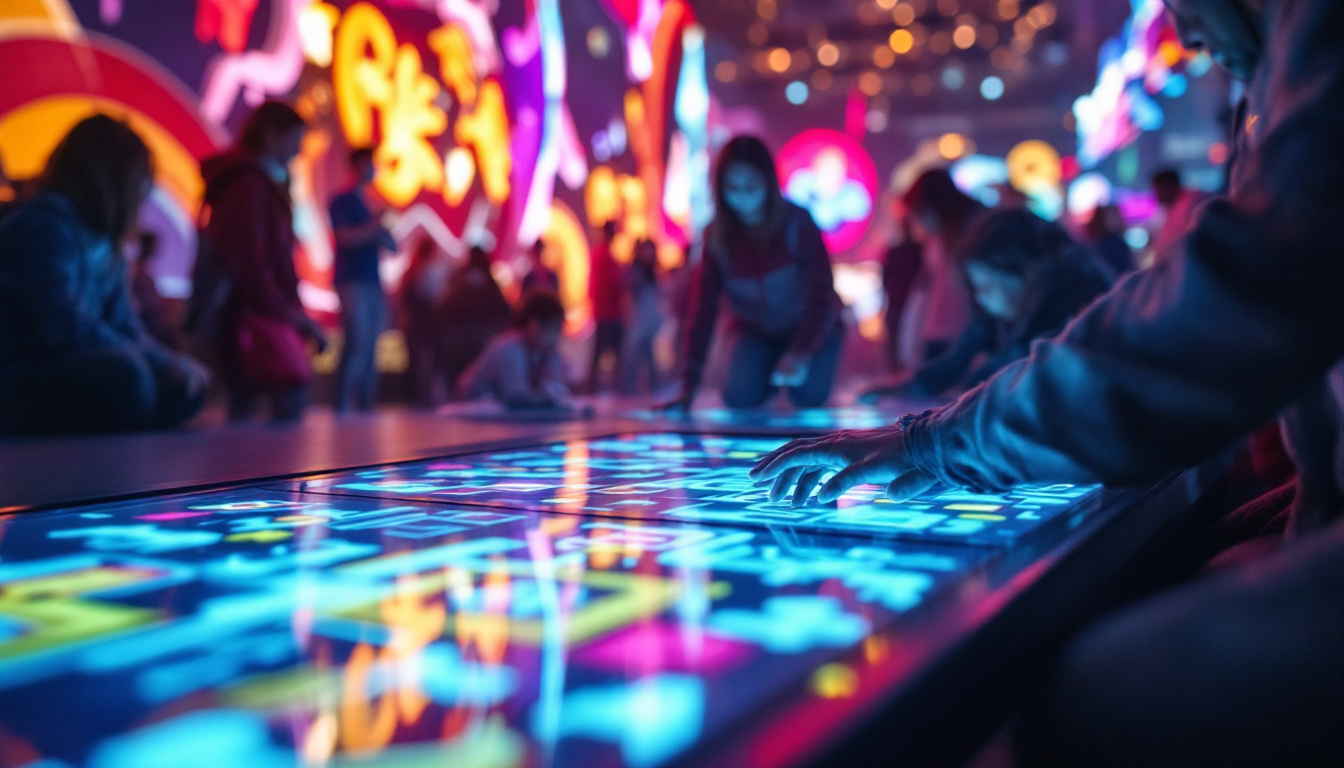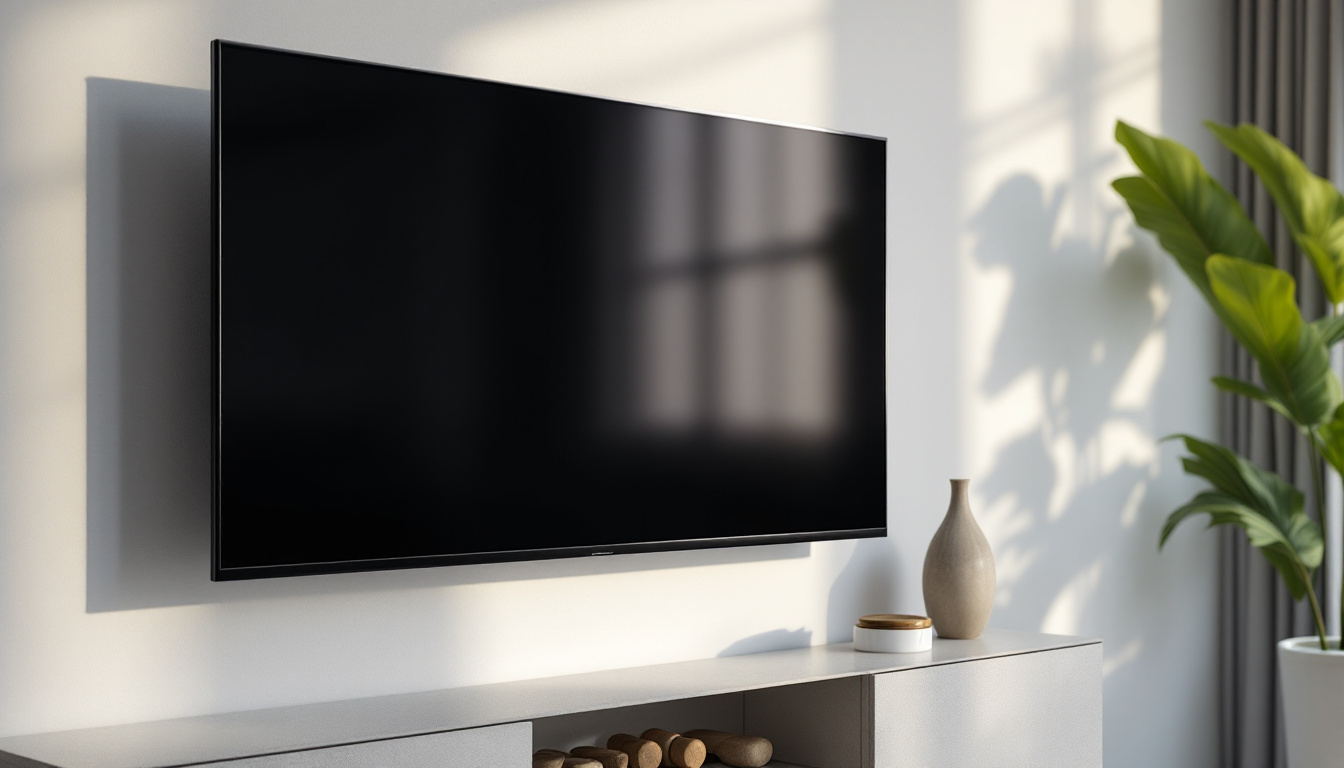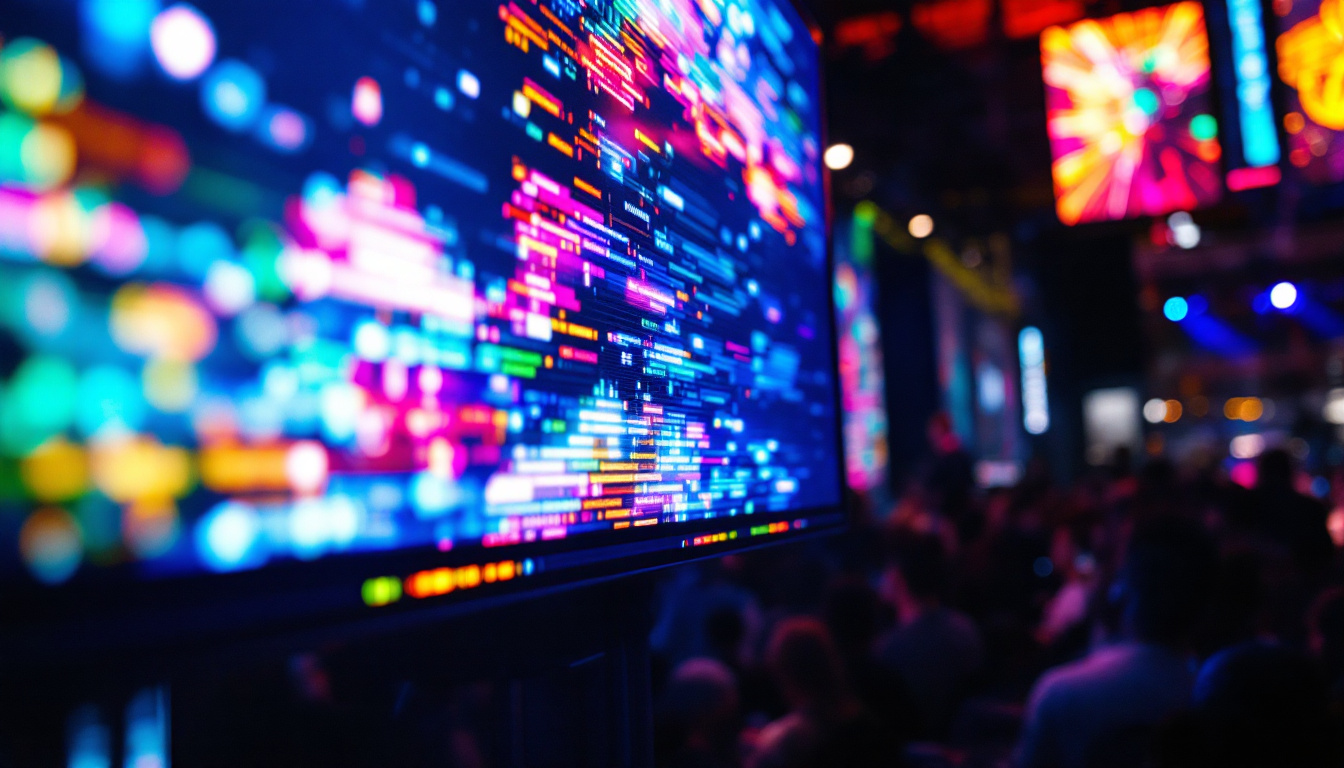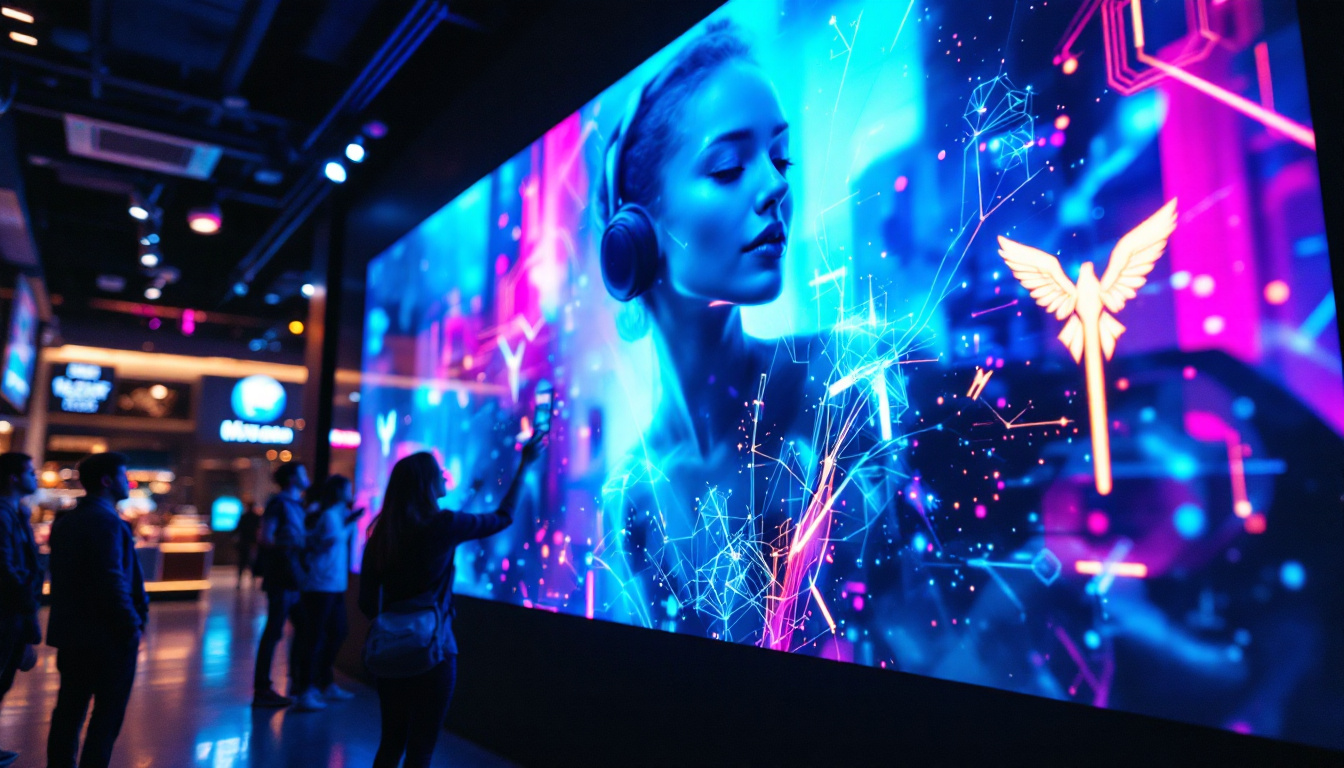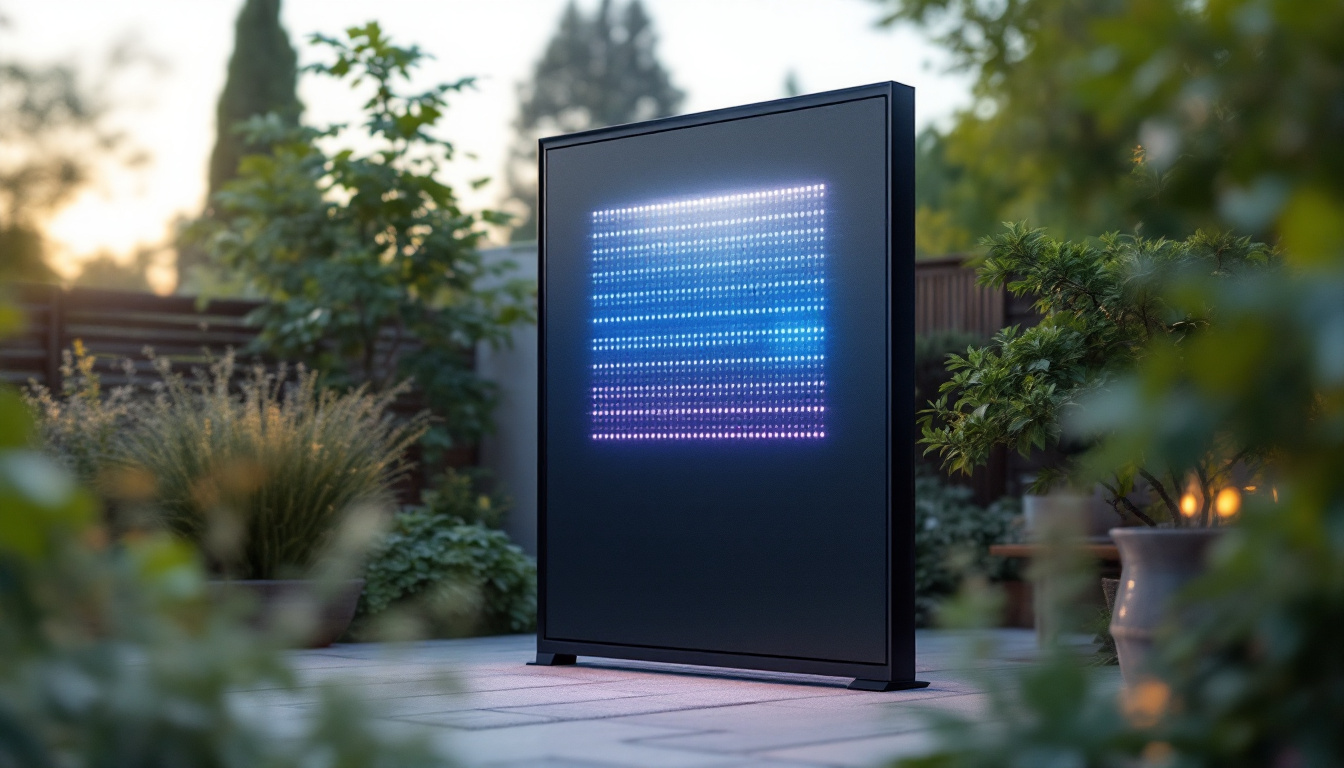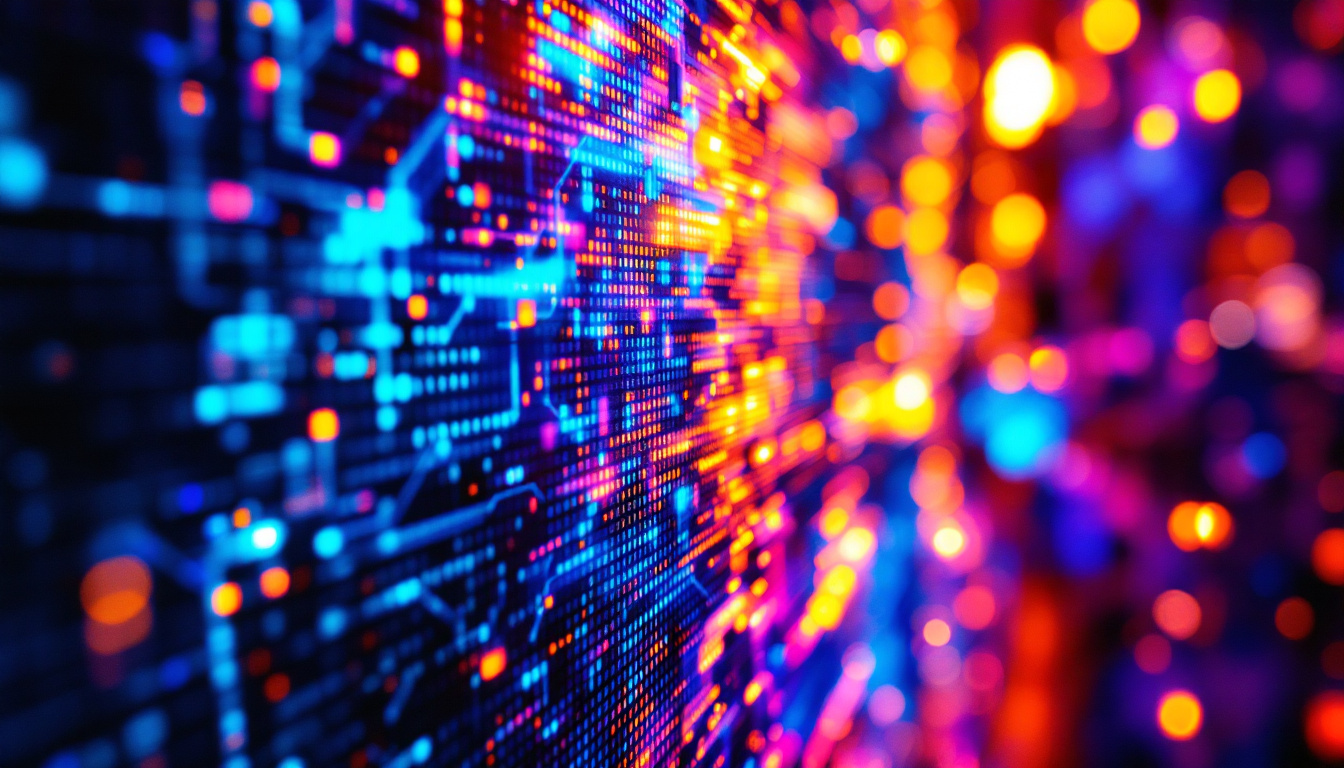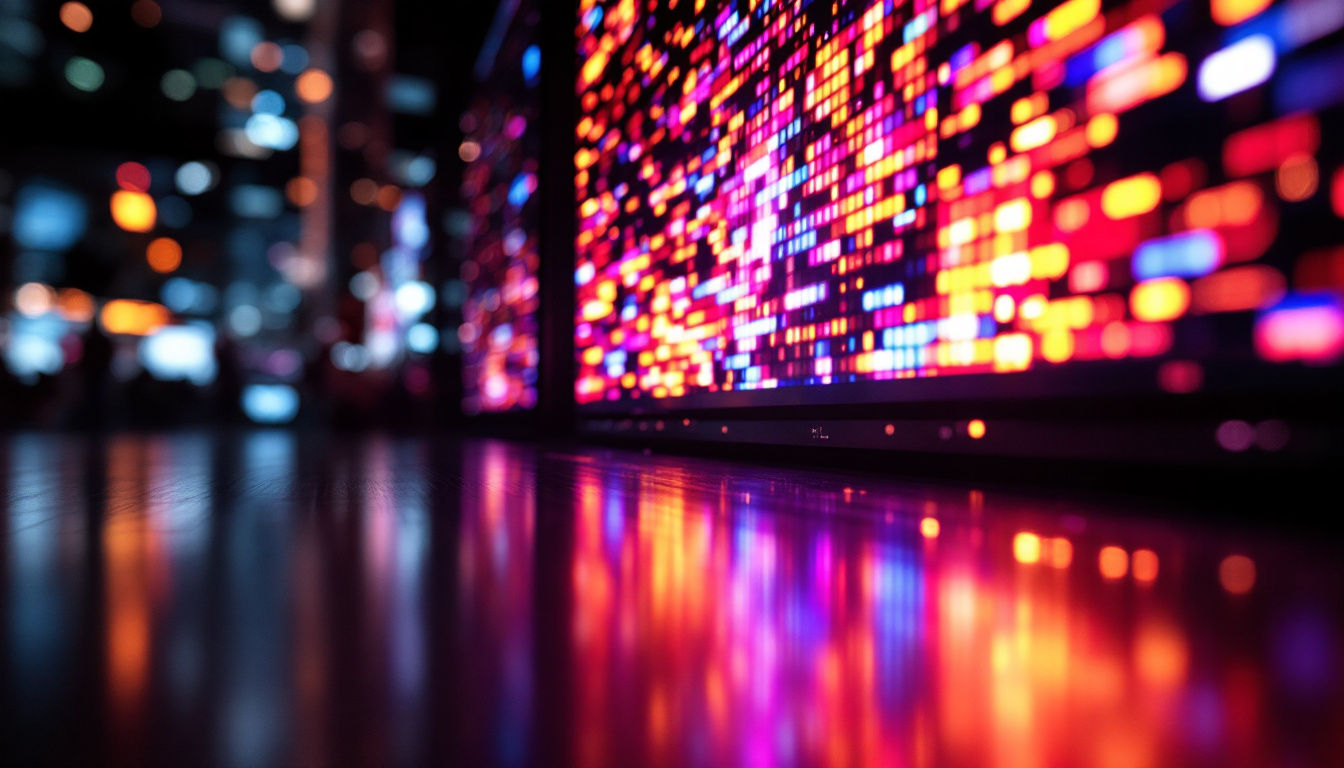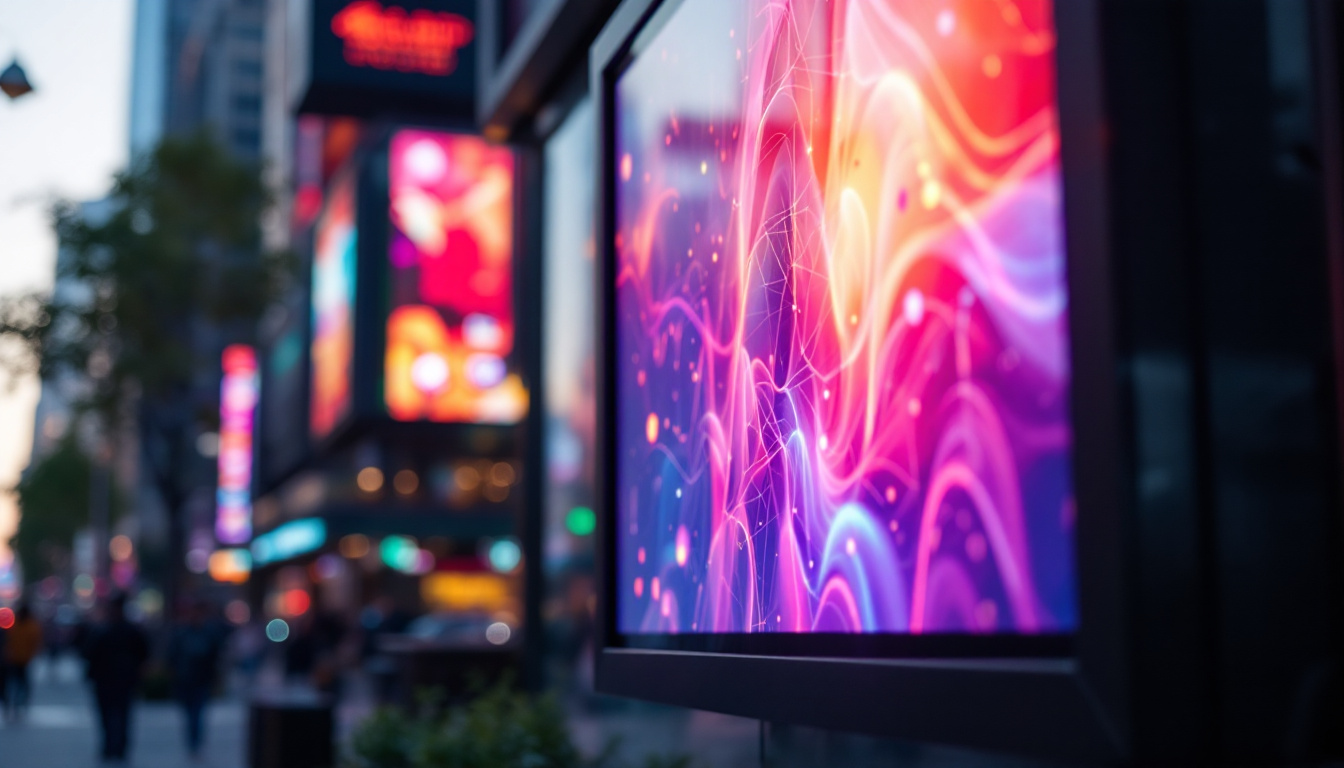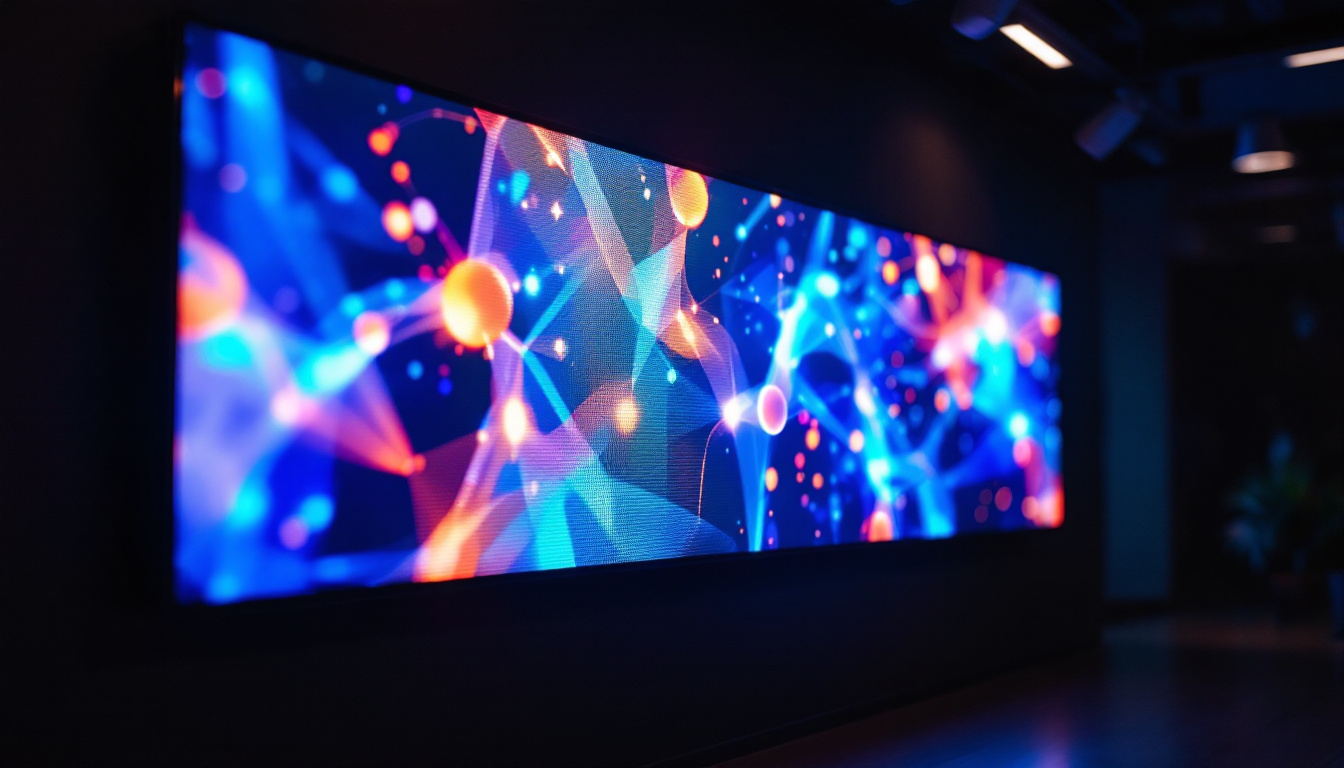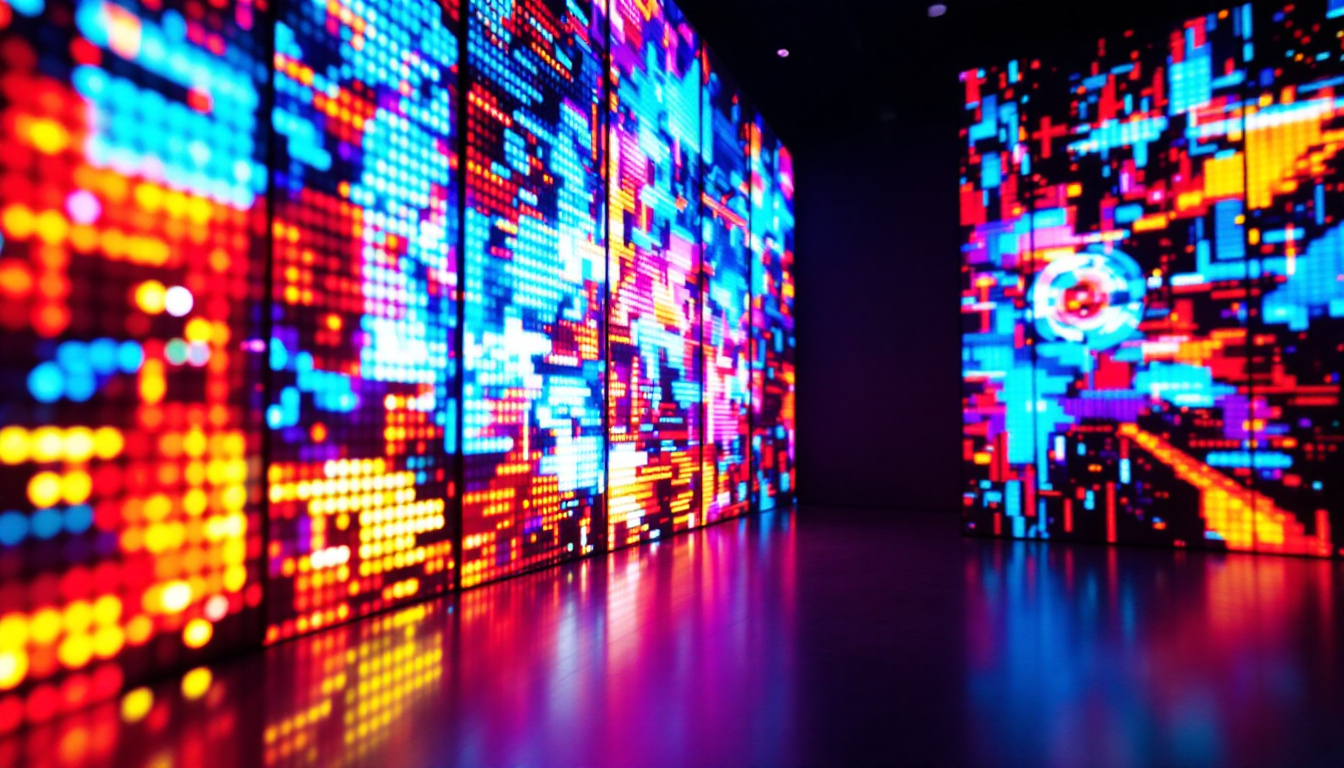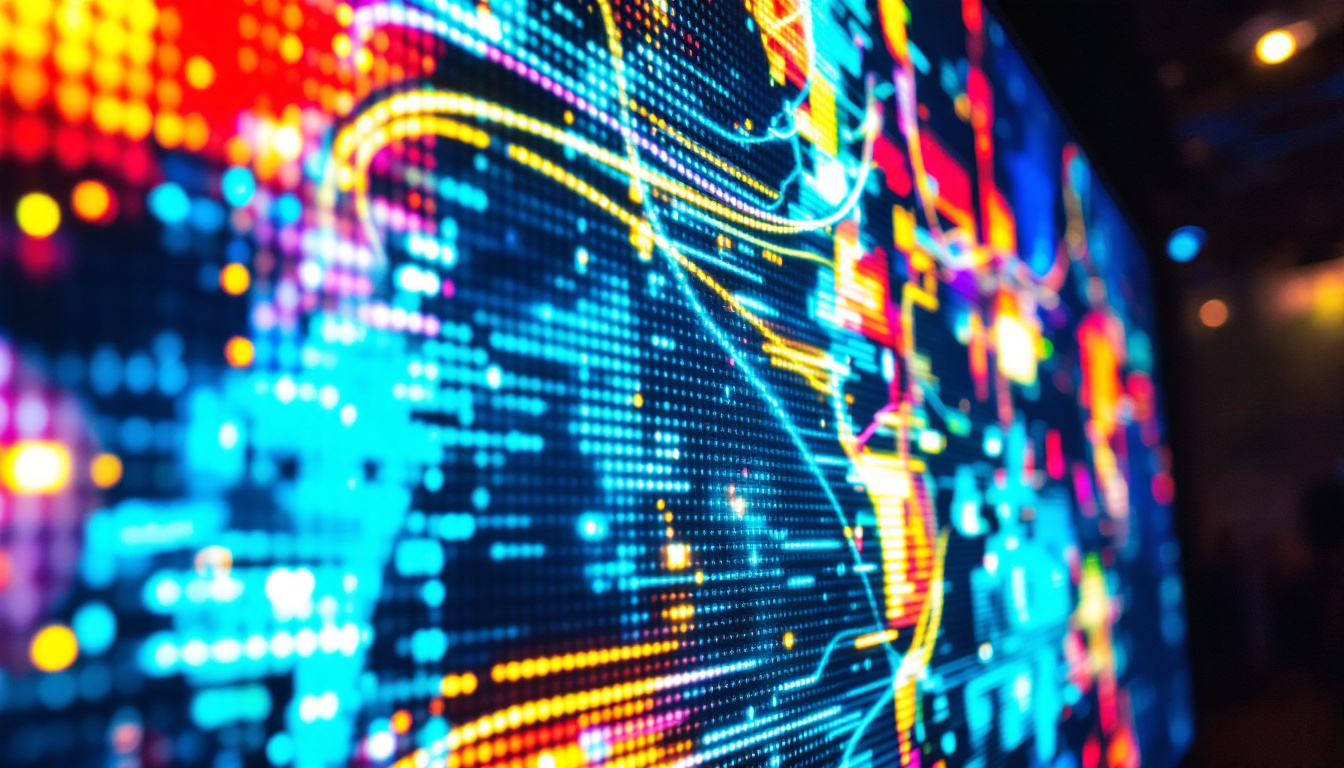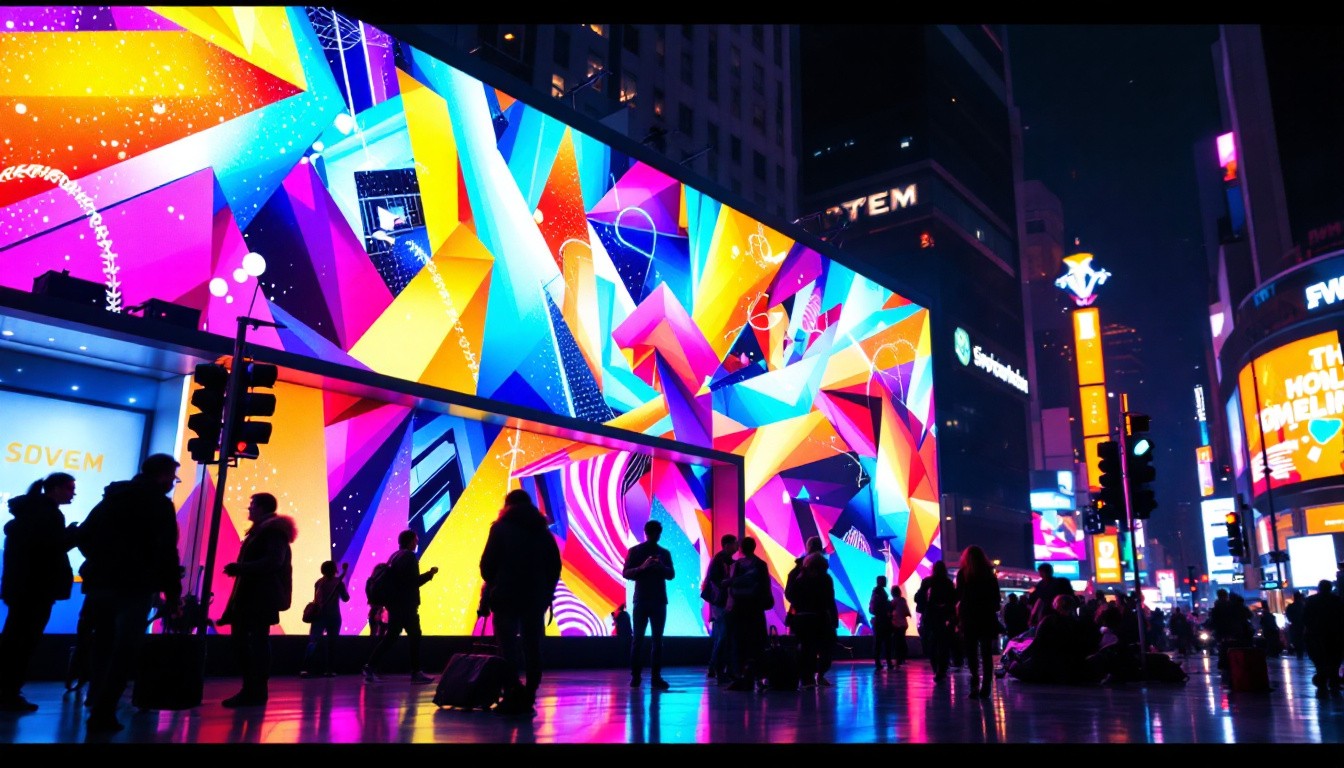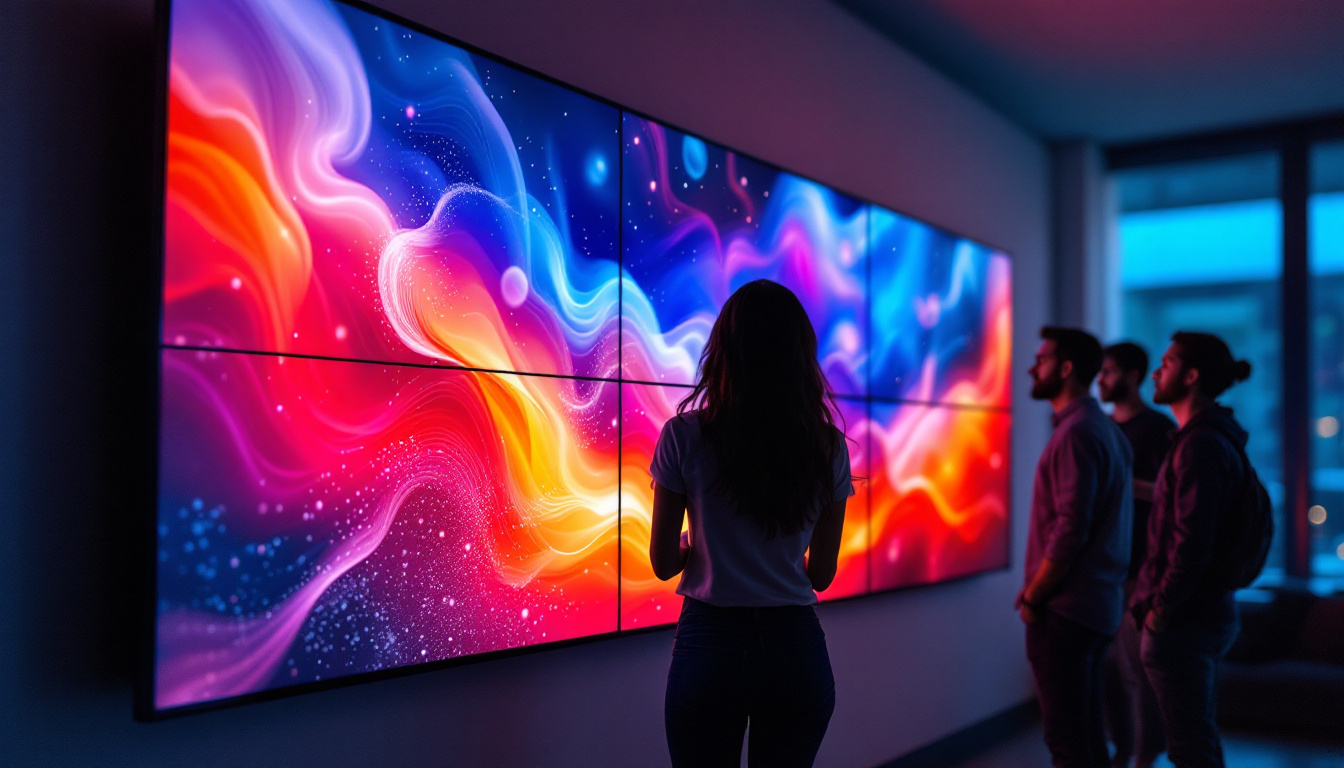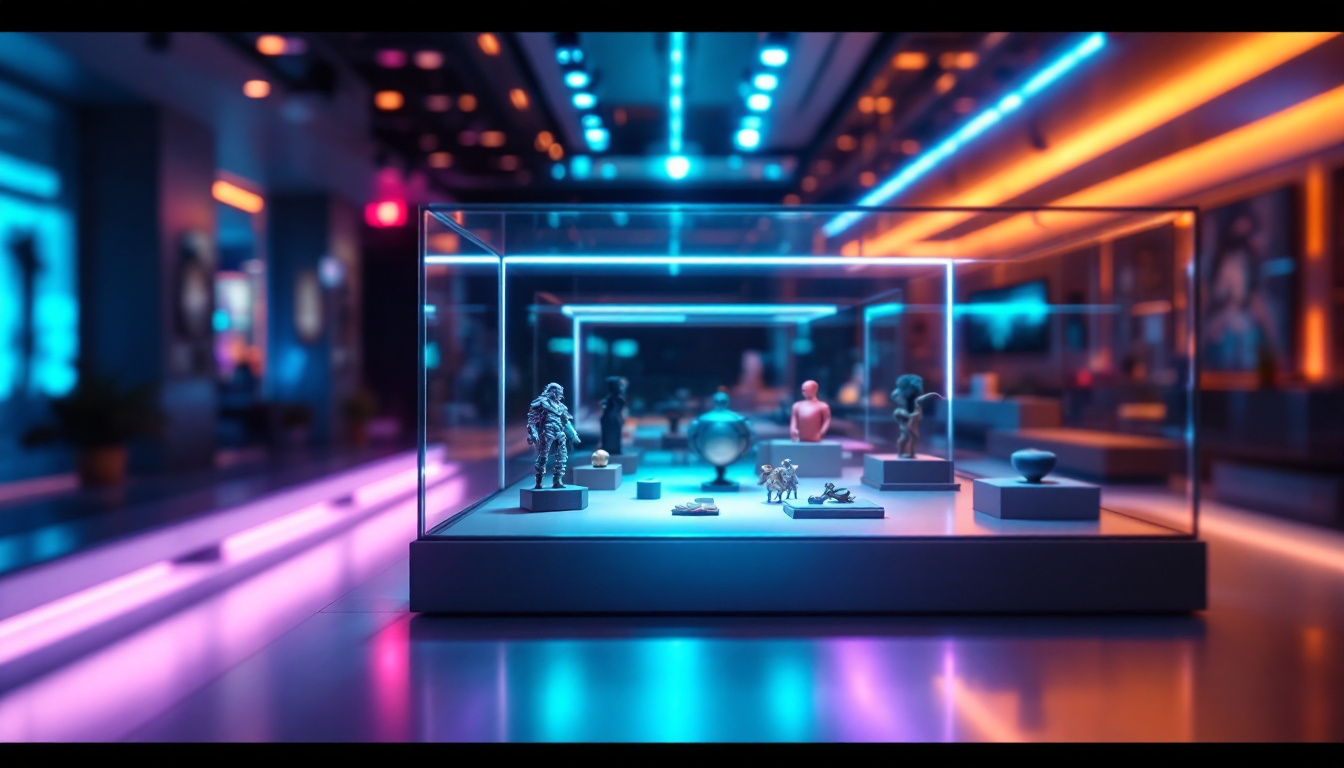In the modern world, LED displays have become ubiquitous, transforming the way information is presented across various platforms. From billboards to smartphones, LED technology has revolutionized visual communication. This article delves into the intricacies of LED displays, exploring their functionality, types, applications, and advantages.
Understanding LED Technology
LED, or Light Emitting Diode, is a semiconductor device that emits light when an electric current passes through it. The fundamental principle behind LED technology is electroluminescence, where certain materials emit photons when energized. This phenomenon allows LEDs to produce bright and vibrant colors, making them ideal for display purposes. Unlike traditional incandescent bulbs, LEDs are much more energy-efficient, converting a higher percentage of electricity into light rather than heat. This efficiency not only reduces energy consumption but also contributes to a longer lifespan, with many LEDs lasting tens of thousands of hours compared to their incandescent counterparts.
The Components of an LED Display
An LED display consists of several key components, including the LED modules, power supply, and control systems. The LED modules are the building blocks of the display, containing numerous tiny LEDs arranged in a grid. These modules can be configured in various sizes and shapes, allowing for flexibility in design and application. The power supply ensures that the LEDs receive the necessary voltage and current, while the control system manages the input signals to create the desired images or videos. Additionally, many modern LED displays incorporate advanced features such as heat sinks to dissipate heat generated during operation, ensuring optimal performance and longevity.
How LED Displays Work
When an image or video is to be displayed, the control system processes the input data and translates it into signals that control the individual LEDs. Each LED can be turned on or off and adjusted in brightness, allowing for the creation of complex images and animations. The combination of red, green, and blue (RGB) LEDs enables the display to produce a full spectrum of colors, enhancing the visual experience. Furthermore, the rapid response time of LEDs allows for smooth video playback and dynamic content, making them a popular choice for everything from large outdoor billboards to high-definition television screens. The technology has also evolved to include features like pixel pitch, which refers to the distance between the centers of adjacent pixels, allowing for higher resolution displays that can be viewed from closer distances without losing clarity.
Types of LED Displays
LED displays come in various forms, each suited for different applications. Understanding the types of LED displays is essential for selecting the right one for a specific purpose.
Direct View LED Displays
Direct view LED displays, commonly used in outdoor advertising, consist of large panels made up of numerous individual LEDs. These displays are known for their high brightness and visibility, making them ideal for use in direct sunlight. They are often used for billboards, sports arenas, and large-scale events. The technology behind direct view LED displays allows for vibrant colors and high contrast ratios, ensuring that advertisements and messages are eye-catching and easily readable from a distance. Furthermore, many of these displays are equipped with weather-resistant features, allowing them to withstand harsh environmental conditions, which is crucial for outdoor installations.
LED Video Walls
LED video walls are composed of multiple smaller LED panels that work together to create a larger display. These video walls are commonly used in control rooms, concert venues, and corporate events. The modular nature of video walls allows for flexibility in size and shape, making them a popular choice for various applications. Additionally, LED video walls can be configured to display dynamic content, including live feeds, animations, and interactive presentations, enhancing the overall viewer experience. The seamless integration of multiple panels also minimizes bezels, creating a more immersive visual experience that captivates audiences and engages them in a way that traditional displays often cannot.
Indoor LED Displays
Indoor LED displays are designed for use in controlled environments, such as shopping malls, airports, and conference centers. These displays typically have a higher pixel density, resulting in sharper images and finer details. Indoor LED displays are often used for advertising, information dissemination, and entertainment purposes. With advancements in technology, many indoor displays now feature advanced color calibration and brightness adjustment capabilities, ensuring consistent image quality across different lighting conditions. Additionally, some indoor LED displays are designed to be interactive, allowing users to engage with the content through touch or motion sensors, which can significantly enhance customer engagement and create memorable experiences in retail and event settings.
Applications of LED Displays
The versatility of LED displays has led to their widespread adoption across numerous industries. Their ability to convey information effectively and attractively makes them a valuable tool in various applications.
Advertising and Marketing
One of the most prominent applications of LED displays is in advertising and marketing. Businesses utilize outdoor LED billboards to showcase their products and services, capturing the attention of passersby. The dynamic nature of LED displays allows for changing advertisements, promotions, and announcements, maximizing visibility and engagement.
Entertainment and Events
In the entertainment industry, LED displays play a crucial role in enhancing the audience experience. Concerts, festivals, and sporting events often feature large LED screens that display live footage, graphics, and animations. These displays create an immersive atmosphere, allowing audiences to connect with the performance on a deeper level.
Information and Wayfinding
LED displays are also widely used for information dissemination and wayfinding in public spaces. Airports, train stations, and shopping malls utilize LED screens to provide real-time information about schedules, directions, and announcements. This enhances the overall user experience, helping individuals navigate complex environments with ease.
Advantages of LED Displays
The growing popularity of LED displays can be attributed to their numerous advantages over traditional display technologies. Understanding these benefits can help businesses and organizations make informed decisions regarding their visual communication strategies.
Energy Efficiency
One of the most significant advantages of LED displays is their energy efficiency. Compared to traditional incandescent or fluorescent displays, LEDs consume significantly less power while providing brighter output. This not only reduces energy costs but also contributes to a smaller carbon footprint, making LED technology an environmentally friendly choice.
Longevity and Durability
LED displays are known for their longevity and durability. With a lifespan of up to 100,000 hours, LEDs outlast many other display technologies. Additionally, they are resistant to shock and vibration, making them suitable for various environments, including outdoor settings where weather conditions can be harsh.
High Brightness and Contrast
LED displays offer exceptional brightness and contrast, ensuring that content remains visible even in bright daylight. This high visibility is crucial for outdoor applications, where sunlight can wash out traditional displays. The ability to adjust brightness levels also allows for optimal viewing in different lighting conditions.
Challenges and Considerations
While LED displays offer numerous benefits, there are also challenges and considerations that must be addressed when implementing this technology.
Initial Costs
The initial investment for LED displays can be higher than traditional display technologies. However, the long-term savings in energy costs and maintenance often offset this initial expenditure. Organizations must weigh the upfront costs against the potential return on investment over time.
Pixel Density and Resolution
Choosing the right pixel density and resolution is crucial for achieving the desired visual quality. Higher pixel densities provide sharper images, but they also come at a higher cost. Organizations must consider their specific needs and viewing distances when selecting the appropriate LED display.
Maintenance and Upkeep
While LED displays are generally durable, they still require regular maintenance to ensure optimal performance. Dust, dirt, and environmental factors can affect image quality over time. Implementing a routine maintenance schedule can help prolong the lifespan of the display and maintain its visual appeal.
The Future of LED Displays
The future of LED displays looks promising, with ongoing advancements in technology and design. As industries continue to evolve, so too will the applications and capabilities of LED displays.
Innovative Designs
New design innovations are emerging, allowing for more creative and flexible display solutions. Transparent LED displays, for instance, are gaining popularity in retail environments, enabling brands to showcase products while maintaining visibility into the store. Additionally, flexible LED screens are being developed for unique shapes and applications, expanding the possibilities for visual communication.
Integration with Smart Technology
The integration of LED displays with smart technology is another trend shaping the future of this industry. With the rise of the Internet of Things (IoT), LED displays can be connected to various data sources, allowing for real-time updates and dynamic content. This capability enhances the effectiveness of advertising and information dissemination, making displays more interactive and engaging.
Environmental Considerations
As sustainability becomes a more pressing concern, LED manufacturers are focusing on eco-friendly practices. This includes using recyclable materials, reducing energy consumption, and implementing responsible disposal methods. The shift towards greener technologies is likely to drive further innovation in the LED display market.
Conclusion
LED displays have fundamentally changed the landscape of visual communication, offering a versatile and efficient solution for various applications. Their energy efficiency, durability, and high-quality output make them an attractive choice for businesses and organizations looking to enhance their messaging. As technology continues to evolve, the future of LED displays promises even more innovative solutions that will shape the way information is presented and consumed.
In a world where capturing attention is increasingly challenging, LED displays stand out as a powerful tool for communication. By understanding the intricacies of LED technology and its applications, organizations can leverage this technology to engage audiences effectively and convey their messages with impact.
Discover LumenMatrix LED Display Solutions
Ready to elevate your visual communication strategy with the latest in LED display technology? Look no further than LumenMatrix. As a pioneer in the industry, we offer a comprehensive range of LED display solutions tailored to meet your specific needs. From captivating Indoor LED Wall Displays to dynamic Outdoor LED Wall Displays, and from versatile Vehicle LED Displays to innovative LED Poster Displays, our products are designed to enhance brand visibility and engage your audience. Whether you’re looking for an LED Sports Display, a mesmerizing Floor LED Display, a Custom LED Display solution, an All-in-One LED Display, or the transparency of an LED Transparent Display, LumenMatrix has the cutting-edge technology to bring your vision to life. Check out LumenMatrix LED Display Solutions today and start creating unforgettable visual experiences.


